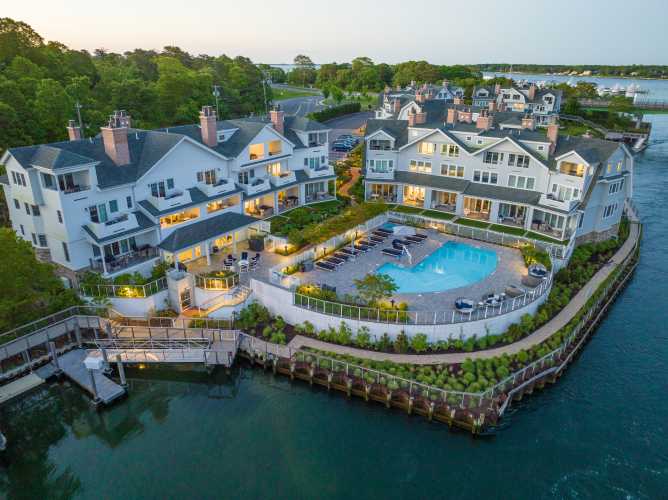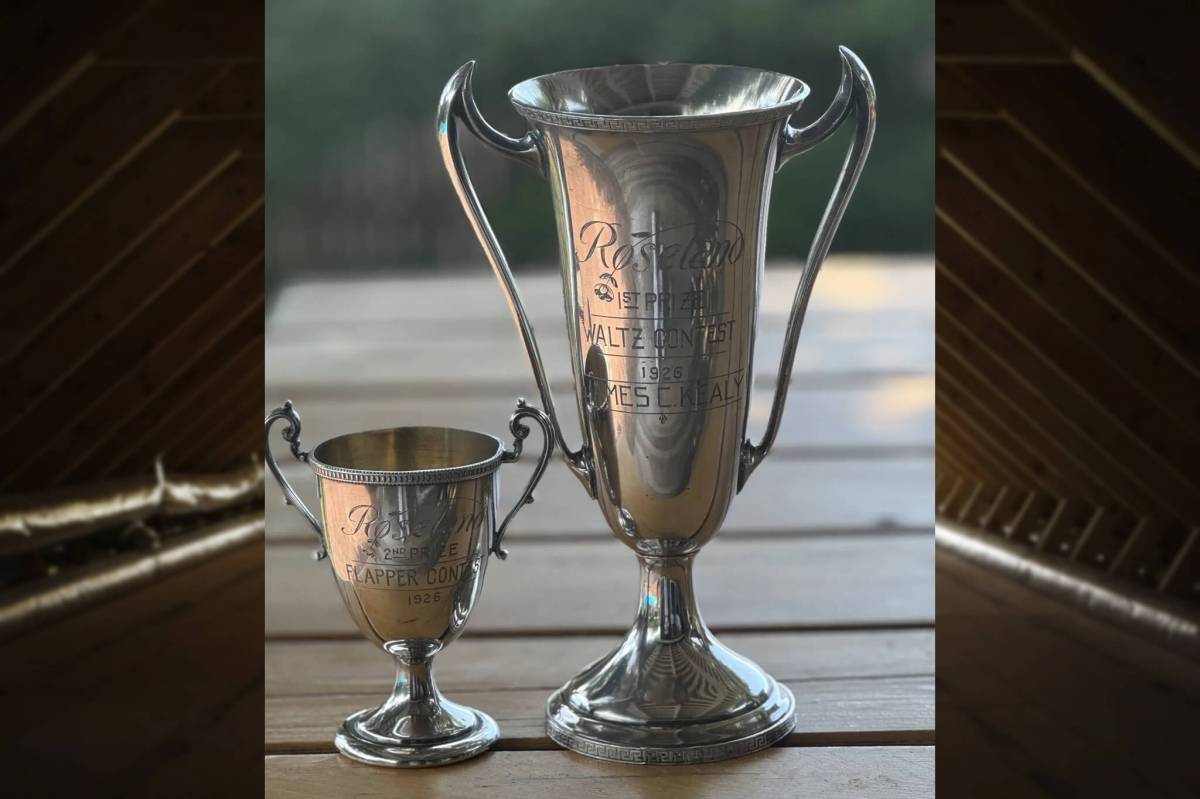The Brooks-Park Home and Studios in East Hampton is one of 11 properties identified as the most endangered historic places in America, according to a new list from the National Trust of Historic Preservation.
“This year’s 11 sites include community anchors and sacred ground, sites of injustice and activism, and places of creative expression, with threats as varied as their types: neglect, inappropriate development, and climate change, just to name a few,” the announcement from the privately funded nonprofit organization states.
Another property on the list includes the Brown Chapel AME Church in Selma, Alabama, a building steeped in history and built in 1908 by formerly enslaved Black builder A.J. Farley. The Brown Chapel also served as the starting point for marchers, including the late Congressman John Lewis, on March 7, 1965, when they attempted to cross the Edmund Pettus Bridge and were beaten by Troopers in what is known historically as “Bloody Sunday.”
“What unites these places, however, is this: All of them are at a turning point, a critical moment when we as a nation either recognize their significance and fight to protect them, tell their full stories, and harness their ongoing relevance, or watch them disappear from our cultural landscape and fade into memory. Read more to learn about these irreplaceable sites.”
The former Neck Path home, studios, and guest house of Abstract Expressionist artists James Brooks and Charlotte Park, it was locally landmarked nearly 10 years ago, but little progress has happened since.
Brooks died in 1992, but Park lived there until her death in 2010, and the vacant buildings were neglected and fell victim to vandals and wildlife. They are now seriously deteriorating, according to the National Trust.
The Town of East Hampton bought the 11-acre property for $1.1 million in 2013, using money from Community Preservation Fund. While demolition was discussed, residents pleaded to save the historic buildings, and they were designated local landmarks in 2014, which allowed CPF money to be used toward the restoration of the property, now known as Brooks Park.
The timber-frame cottage was originally built in a Montauk fishing community. Later, it was sold off to summer residents. When the couple bought it, the only running water was a hand pump in the sink. After the hurricane blew their detached studio off the bluff on which the house overlooked, they hired a local company to move it closer to the artist community in Springs in 1957. As a result, it is the only known surviving house from this historic fishing village.
Other buildings on the property include the Brooks’s Studio, a vernacular modernist-style structure that was built in 1959 and Park’s studio, the former Wainscott Post Office, which was relocated from Main Street around 1970
But little progress has happened since. More than a year ago, the town revoked its contract with Peconic Historic Preservation, Inc., a not-for-profit organization that was hired four years ago to help restore, maintain, and host programming. The goal was to replicate the success at Duck Creek Farm, a colonial-era property that later became home to artist Little John, who, like Brooks and Park, were friends with famed Abstract Expressionists Jackson Pollock and Lee Krasner and was part of a mid-century community of artists drawn to and inspired by the natural beauty of the South Fork.
“The town is now expressing interest in working with Brooks-Park Arts and Nature Center, an emerging nonprofit dedicated to preserving the site, to rehabilitate the buildings as a community arts and nature center celebrating both artists’ legacies,” the Trust says. “First, the Town must formally vote to approve preservation, and then additional funding and partnerships will be needed.”
This is not the first time the National Trust for Historic Preservation has weighed in about the future of the property as demolition discussions have come up. In March 2020, the organization wrote a letter to the town urging it to stop any plans to raze the Brooks house and to “work with interested parties to develop a plan for the long-term future of this nationally significant site.”
Preservation Long Island has also joined the effort to save the buildings and “develop a comprehensive town plan for the sustainable, long-term preservation of the site in collaboration with local stakeholders and potential nonprofit partners.”






















